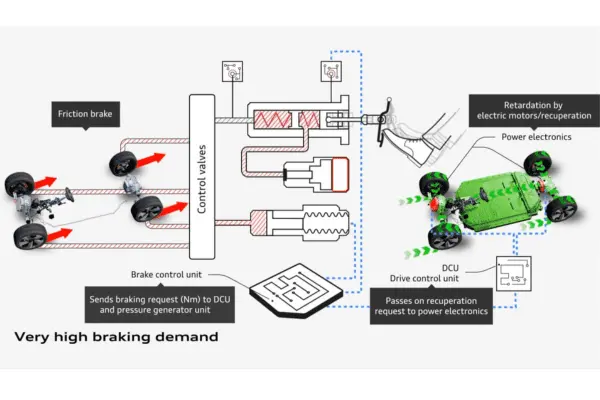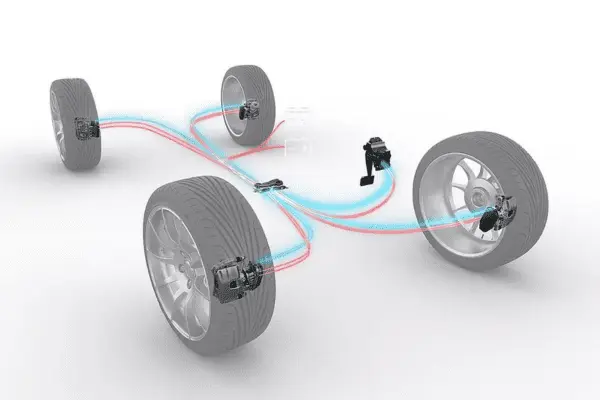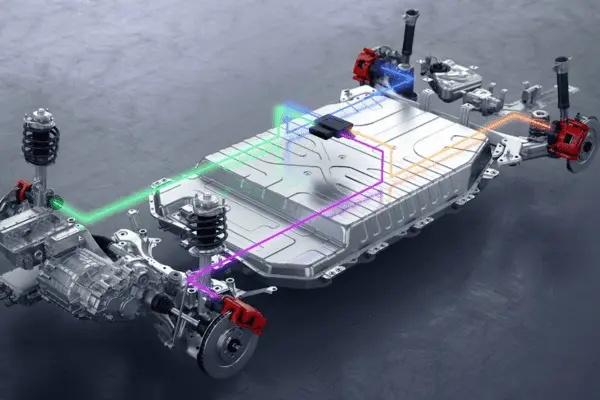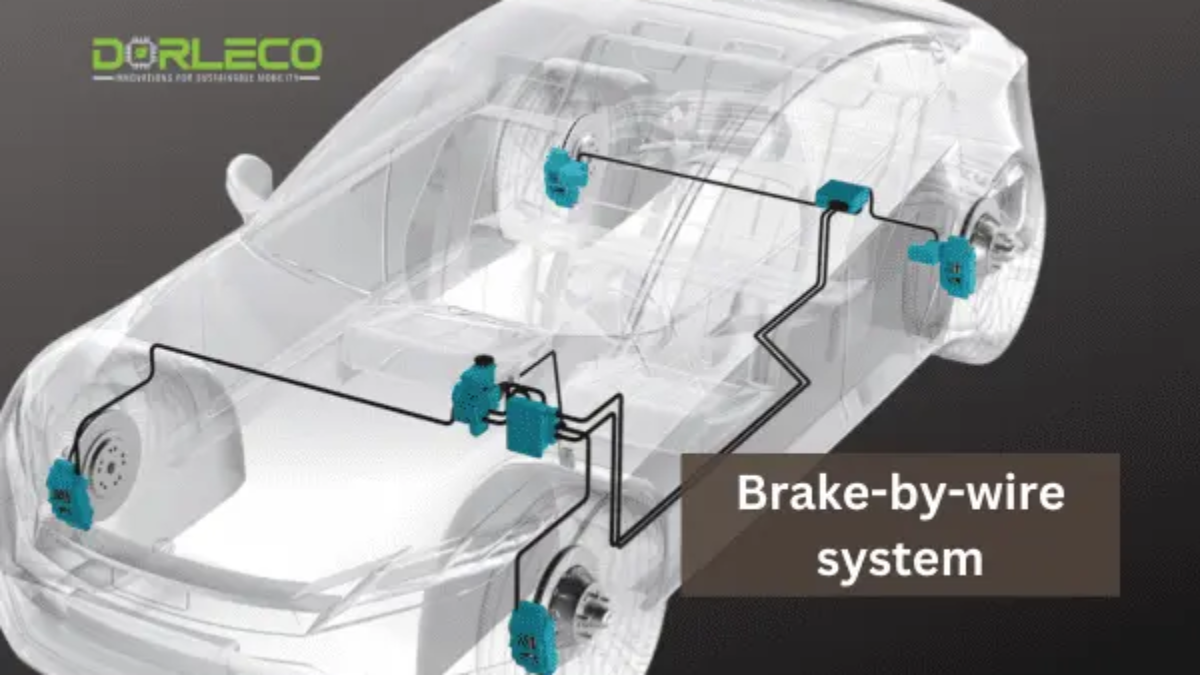Introduction to brake-by-wire system
The brake-by-wire system, which has swept the automotive industry in recent years, includes brake-by-wire. The fundamental idea behind all brake-by-wire systems is the same: by substituting electrical connections for mechanical linkages and connections, the assemblies can be made lighter, simpler, and easier to integrate. This also applies to brake-by-wire, even though it allows for the integration of numerous systems and features, including traction control, electronic stability control, and automated emergency braking (AEB), with the brake system.
In place of the conventional hydraulic system, any brake-by-wire system comprises an electromechanical or electrohydraulic actuator, a brake pedal position sensor, and a brake control unit (BCU). As a result, the mechanical link between the brake calipers and the pedals is eliminated, and electronic connections are used to apply the braking pressure.
How do you use a brake-by-wire system?
The pedal position sensor must convey the amount and haste with which someone presses the pedal to the brake control unit. Using this information, the brake control unit determines how much braking force to apply to the wheels. After receiving the necessary signals from the control unit, the actuator performs the desired deceleration, which correlates the braking force with the required pressure.

Brake-by-wire allows customization of brake feel for different driving modes, improving driver interaction. While most systems share a similar architecture, the type of brake-by-wire system can influence caliper actuation.
Designing Brake-By-Wire systems with redundancy
The main difference in brake-by-wire systems is whether a hydraulic circuit applies pressure to the caliper. While all pedal-to-caliper connections use electronics, the automotive industry has not yet fully embraced “dry” brake-by-wire, which relies solely on electrical caliper actuation.
Concerns about the reliability of fully electric actuation, particularly in delivering accurate pressure to the calipers, explain this hesitation.
When the control unit detects a problem, a valve opens, cutting off all electronics and enabling a traditional hydraulic system to operate. This contributes to redundancy and raises system safety as a whole.

Safety Aspects of Wire-Based Brake Systems
Brake-by-wire helps automakers advance vehicle autonomy by simplifying integration with other safety systems, enhancing driving safety.
1. Control of traction
Traction control estimates traction by measuring wheel spin and regulates it with braking or power limitation.
Because electronically controlled braking systems allow you to adjust the amount of pressure applied to different wheels, they may be simply connected with traction control systems.
2. Control for electronic stability (ESC)
Manufacturers include electronic stability control as one of the most essential safety elements in modern “smart” cars. It is just a traction control system with a few more algorithms, a more potent processor, and more electrical sensors.
The control unit maintains stability during actions, improving vehicle control by adjusting braking force to prevent oversteer and understeer.
In the worst case, the AEB system applies full braking to prevent or reduce a collision if the car doesn’t slow down. People prefer electronic control over mechanical control for its faster response time.

3. Development of Brake-By-Wire Controls at Dorleco
Therefore, a brake-by-wire system can integrate multiple safety elements. Granted that a brake-by-wire system that is entirely electrical can be fatal, the industry hasn’t fully embraced it yet.
The hybrid method will help automakers implement this technology, enhancing vehicle safety and responsiveness. At Dorleco, we are developing and testing brake-by-wire control software in prototype cars and on a test bench.
Send an email to info@dorleco.com if you would like to talk about potential partnerships for electronically-controlled braking systems.


